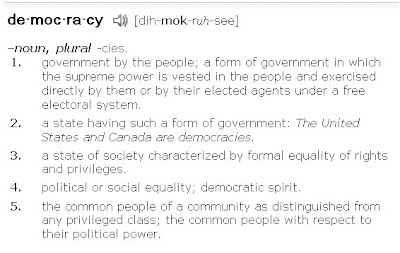 Today we're introducing you to Robert Rivers, PhD, an AAAS Science and Technology Policy Fellow.
Today we're introducing you to Robert Rivers, PhD, an AAAS Science and Technology Policy Fellow.NV: What do you do?
Robert: I work as American Association for the Advancement of Science, Science and Technology Policy Fellow. On a day-to-day basis I work as program manager and communication liaison.
NV: How did you get started in outreach?
Robert: I started in outreach as graduate student at the University of Cambridge. Always cognizant of the divide between individuals who study in the natural sciences compared to social science, I wanted to be active in discussion that would help to build constructive dialogues of conversation. In such a capacity, I presented talks to general audiences explaining my PhD thesis research. This continued as I worked as a volunteer in Peru where I gave more science themed outreach talks to community groups in several cities.
NV: How much time do you spend doing outreach on average?
Robert: In general the average amount of time I spend on outreach is about 2 to 3 hours on a monthly basis. This encompasses development of lay-friendly material regarding the research and outputs of my office and occasional talks to high school and college audiences about science in general.
NV: What motivates you to do advocacy/outreach?
Robert: I am motivated to work in the area of science outreach and occasionally advocacy (pushing for changes in policy or legislation to scientific insights) to help inform individuals in order to make better decisions.
NV: Do you think outreach and advocacy is a responsibility of scientists? Should it be required?
Robert: I think outreach is extremely important in helping to convey complex ideas to the general public and it is responsibility of the scientific community.
Learn more about Robert's work in Peru, and thanks to him for taking the time to talk with us by phone so we could learn more about his outreach work and career.
This is part of the ongoing Profiling New Voices series.








